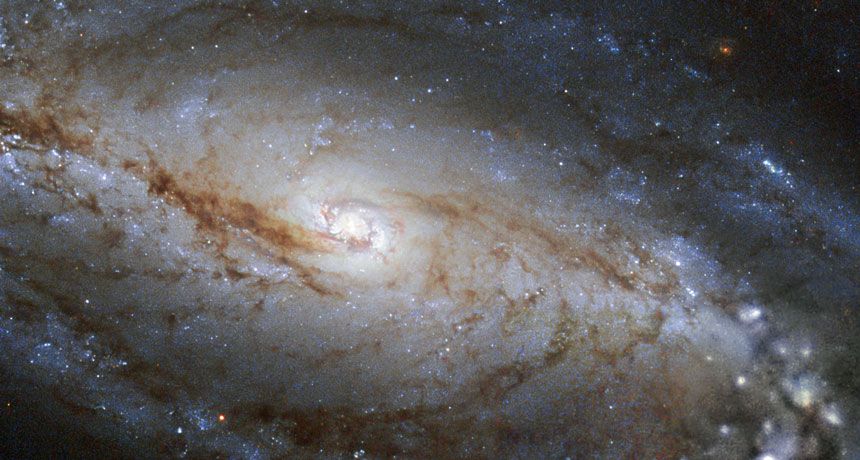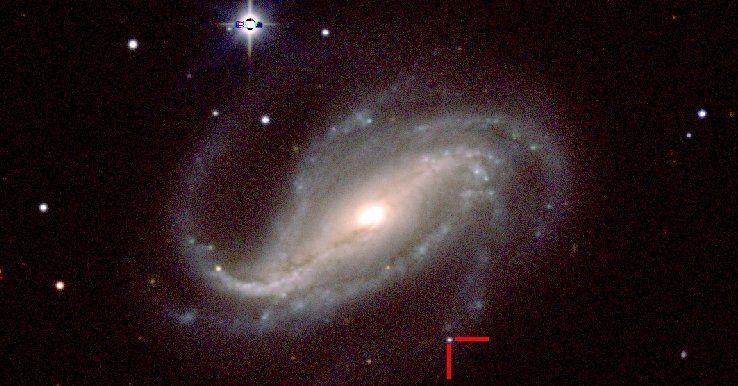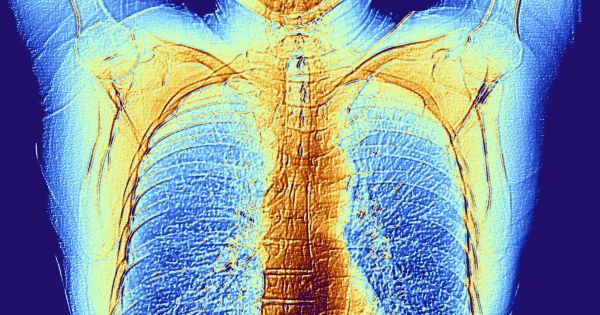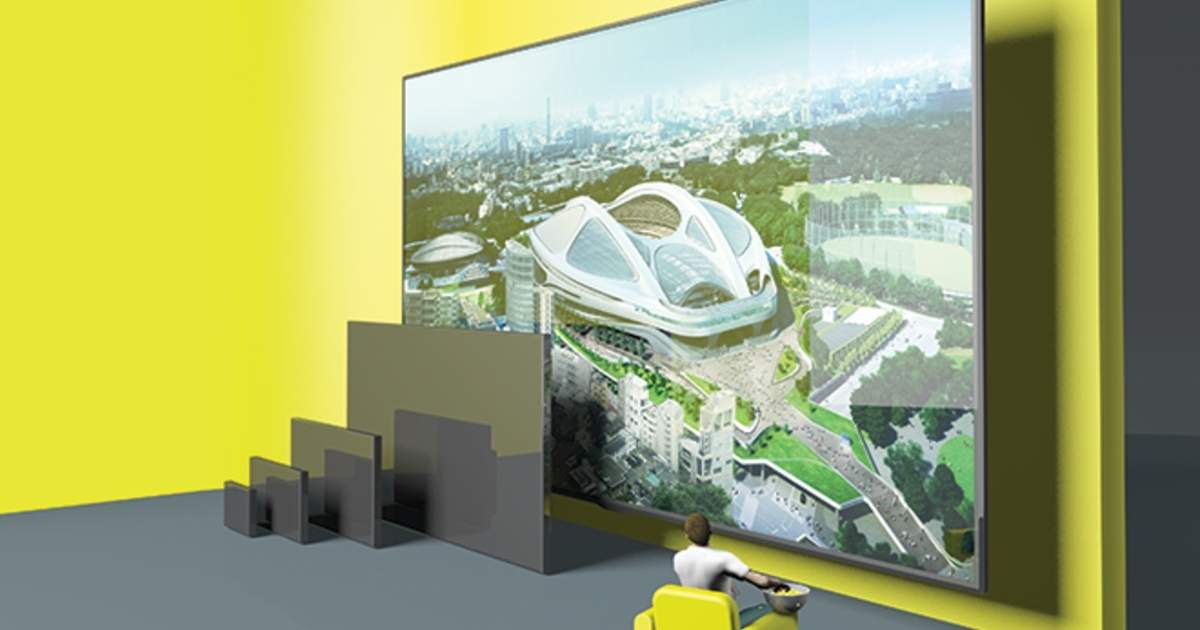By Lisa Grossman




For many years doctors have been able to get a look inside a person’s body using X-ray scans, or placing a tiny camera inside the body. But those tools provide a limited view and can only reveal so much. A recently developed camera, however, may give doctors the ability to see everything happening in the human body, no matter where it is.
The camera was developed by researchers from the University of Edinburgh, and it’s meant to work while paired with an endoscope — a long, slender piece of equipment that usually has a camera, sensors, and lights at its tip.
Light emitted by the endoscope typically scatters when it comes into contact with structures within the body, such as body tissue, but the new camera is able to pick up on it thanks to the photon detectors inside of it. The camera is able to detect light sources behind as much as 20 centimeters (7.9 inches) of bodily tissue.


No cameras needed to keep an eye on your home.


Illustration of an array of organic vortex lasers, each with a different spiral and therefore a different topological charge. Credit: Stellinga et al. ©2018 American Chemical Society Researchers have developed a new type of organic vortex laser, which is a laser that emits a helical beam of light. In the future, miniature arrays of these vortex lasers, each with a slightly different spiral shape, may be used in applications such as 3D TV displays, microscopy, and as information carriers for visible light communications. The researchers, led by Ifor D. W. Samuel at the University of St. Andr…

By Jeffrey Dastin
SEATTLE (Reuters) — Amazon.com Inc will open its checkout-free grocery store to the public on Monday after more than a year of testing, the company said, moving forward on an experiment that could dramatically alter brick-and-mortar retail.
The Seattle store, known as Amazon Go, relies on cameras and sensors to track what shoppers remove from the shelves, and what they put back. Cash registers and checkout lines become superfluous — customers are billed after leaving the store using credit cards on file.
The future of clothing unfolds at this year’s Consumer Electronics Show with the unveiling of an e-ink dress and much more!